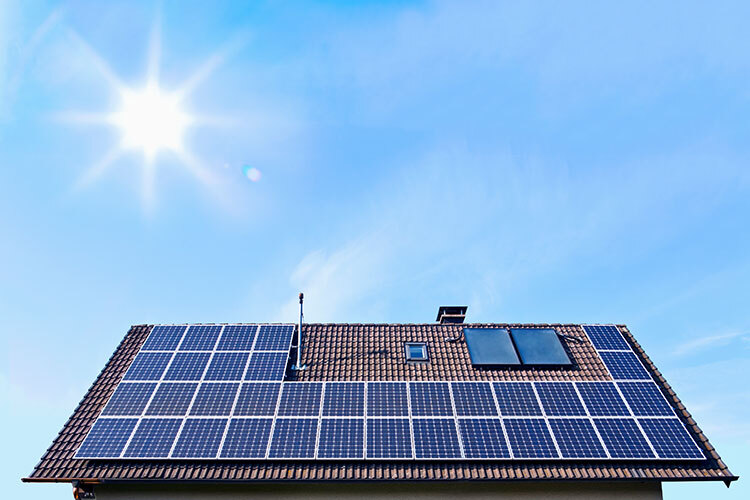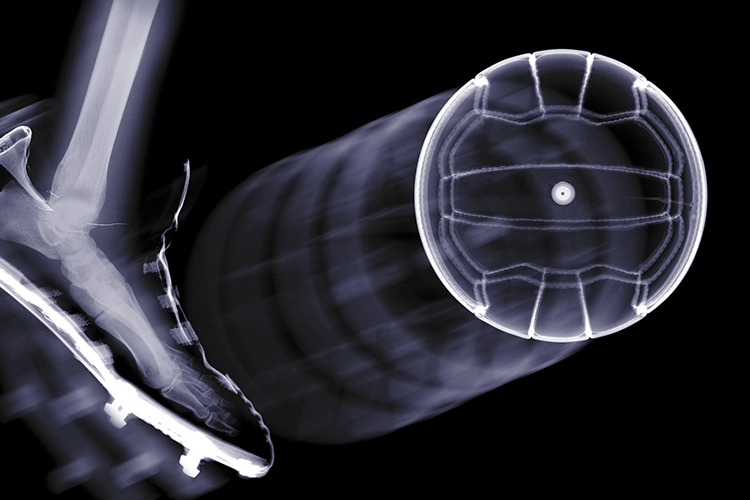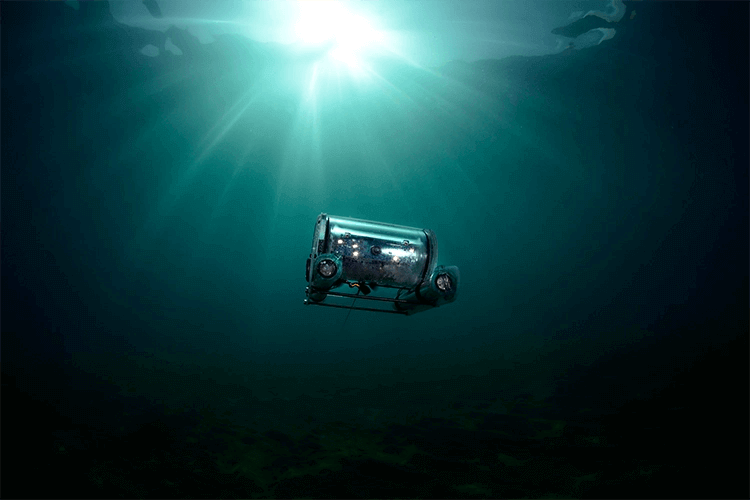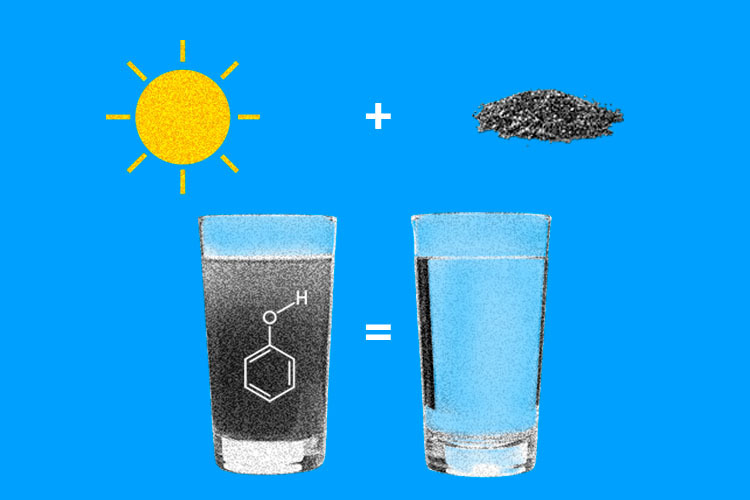By David Santiago Pacheco-Cherrez
Imagine a world where every household consumes energy and produces and shares it with the community. This is the evolution of one of humanity’s largest systems: the electric grid.
Traditionally, the grid was a “passive” system, serving as a one-way path to distribute energy from generation plants to end consumers[1], who could only receive the energy without actively interacting or communicating with the grid.
In modern electrical networks, integrating renewable energy sources such as solar photovoltaic and wind power and the proliferation of electric vehicles presents new challenges and opportunities for bidirectional power flow[2].

Prosumers: Who Are They
Today, consumers have become “prosumers”[2], meaning they consume energy and can produce and sell it back to the grid.
Consider a household equipped with solar panels on the roof. During midday and sunny conditions, these panels can generate more energy than the household consumes. The surplus is then fed into the electric grid, turning this house into a mini-generator.

This new generation of “smart grids” allows for two-way communication between users and the grid, facilitating the integration of renewable sources, efficient energy management, and real-time demand response[3].
Thus, the traditional definition of the electric grid as “passive” is being replaced by a more dynamic and adaptable view of an “active” network[4].
Advantages vs. Obstacles
Among the advantages of integrating renewable energy into the distribution grid is that these more sustainable sources provide greater diversification in the energy matrix, reducing reliance on fossil fuels and minimizing vulnerability to price fluctuations.
Additionally, by harnessing natural resources like sunlight or wind, renewable energies are inherently inexhaustible and contribute to mitigating climate change[5].
But does the sun always shine? Or does the wind blow incessantly? One of the main obstacles to renewable energy lies in its intermittency and stochastic variability[6], meaning the influence of random factors.
Solar energy production depends on the daily cycle and weather conditions, while wind energy is subject to wind force and speed. This poses challenges in managing energy supply and demand and developing more efficient and cost-effective storage systems.
To maintain a stable energy supply, it is essential to control voltage levels within acceptable standards on the grid [7]. However, the variability of solar and wind energy can lead to fluctuations that impact the delivery of electricity [6].
Coordinating renewable energy sources with devices like voltage regulators and battery systems is essential for effectively managing this challenge.
Imagine your home is powered by solar energy from rooftop panels. Under normal conditions, everything operates smoothly with sufficient sunlight. However, when a cloud unexpectedly obscures the sun, a voltage regulator swiftly activates to stabilize the voltage, maintaining it within acceptable limits.
This quick response ensures the optimal operation of all connected equipment.
Conversely, if there’s more production than your home needs, a battery system can absorb and store the excess energy for future use. This way, both in cases of scarcity and excess, a continuous and stable supply is ensured.
Voltage Control in the Grid
Inspired by the simple example of the household, a large-scale control system was developed to maintain optimal voltage throughout the electrical distribution network.
Thus, a distinction can be made between the “uncoordinated use” of renewable energies with voltages outside the permitted range and implementing “smart coordination” with an algorithm that maintains the stability of the Electric Grid.
The proposed strategy coordinates renewable energy sources and voltage regulators by controlling power.
To facilitate this objective, a ‘Voltage Performance Index’ (VPI) was developed to assess the voltage performance of the grid. This index systematically compares voltage levels at various network points to their ideal values, yielding a singular metric that quantifies the extent of deviation.
A value close to zero indicates that the voltage is nearly ideal, whereas a higher value points to a significant discrepancy, requiring adjustments to the voltage regulators. This mechanism ensures the grid’s stable and efficient operation.
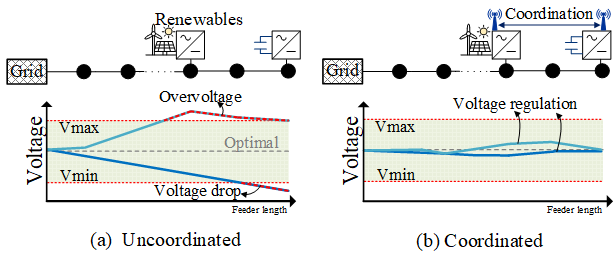
Moreover, the coordinated control strategy is fast, adapting to renewable energy fluctuations.
The developed methodology underscores how contemporary algorithms enable the seamless integration of renewable energy into the electric grid while preserving system stability.
These innovations strengthen our electrical grids, making them more efficient and paving the way for a sustainable network powered by clean energy.
References
- Delboni, L. F., Marujo, D., Balestrassi, P. P., & Oliveira, D. Q. (2019). Electrical power systems: Evolution from traditional configuration to distributed generation and microgrids. Microgrids Design and Implementation, 1-25.
- Zafar, R., Mahmood, A., Razzaq, S., Ali, W., Naeem, U., & Shehzad, K. (2018). Prosumer-based energy management and sharing in smart grid. Renewable and Sustainable Energy Reviews, 82, 1675–1684.
- IEEE. (2013). IEEE Smart Grid Vision for Computing: 2030 and Beyond (pp. 1-133).
- Hidalgo, R., Abbey, C., & Joós, G. (2010). A review of active distribution networks enabling technologies. In IEEE PES General Meeting (pp. 1-9).
- ONU. (2006). Energías renovables: energías para un futuro más seguro. Naciones Unidas.
- Wang, S., Dong, Z. Y., Chen, C., Fan, H., & Luo, F. (2020). Expansion planning of active distribution networks with multiple distributed energy resources and EV sharing system. IEEE Transactions on Smart Grid, 11(1), 602–611.
- Antoniadou-Plytaria, K. E., Kouveliotis-Lysikatos, I. N., Georgilakis, P. S., & Hatziargyriou, N. D. (2017). Distributed and decentralized voltage control of smart distribution networks: Models, methods, and future research. IEEE Transactions on Smart Grid, 8(6), 2999–3008.
Note: For more information on the methodology proposed by the author, refer to his research at:
D. S. Pacheco-Cherrez, D. Guillen, J. C. Mayo-Maldonado and G. Escobar, “Data-Driven Optimal Voltage Performance Index Tracking in Active Distribution Networks,” in IEEE Transactions on Smart Grid.
Author
David Santiago Pacheco-Cherrez. Electrical Engineer from the University of Cuenca, Ecuador (2019). He holds a Master of Science in Electrical Engineering from Tecnológico de Monterrey (2021), where he graduated with Honors for Excellence. He is currently a Ph.D. candidate at the School of Engineering and Sciences at Tecnológico de Monterrey. His research focuses on integrating renewable energy into the Electric Grid, optimizing the operation and control of integrated electrical systems, and advancing technologies for smart grids.
